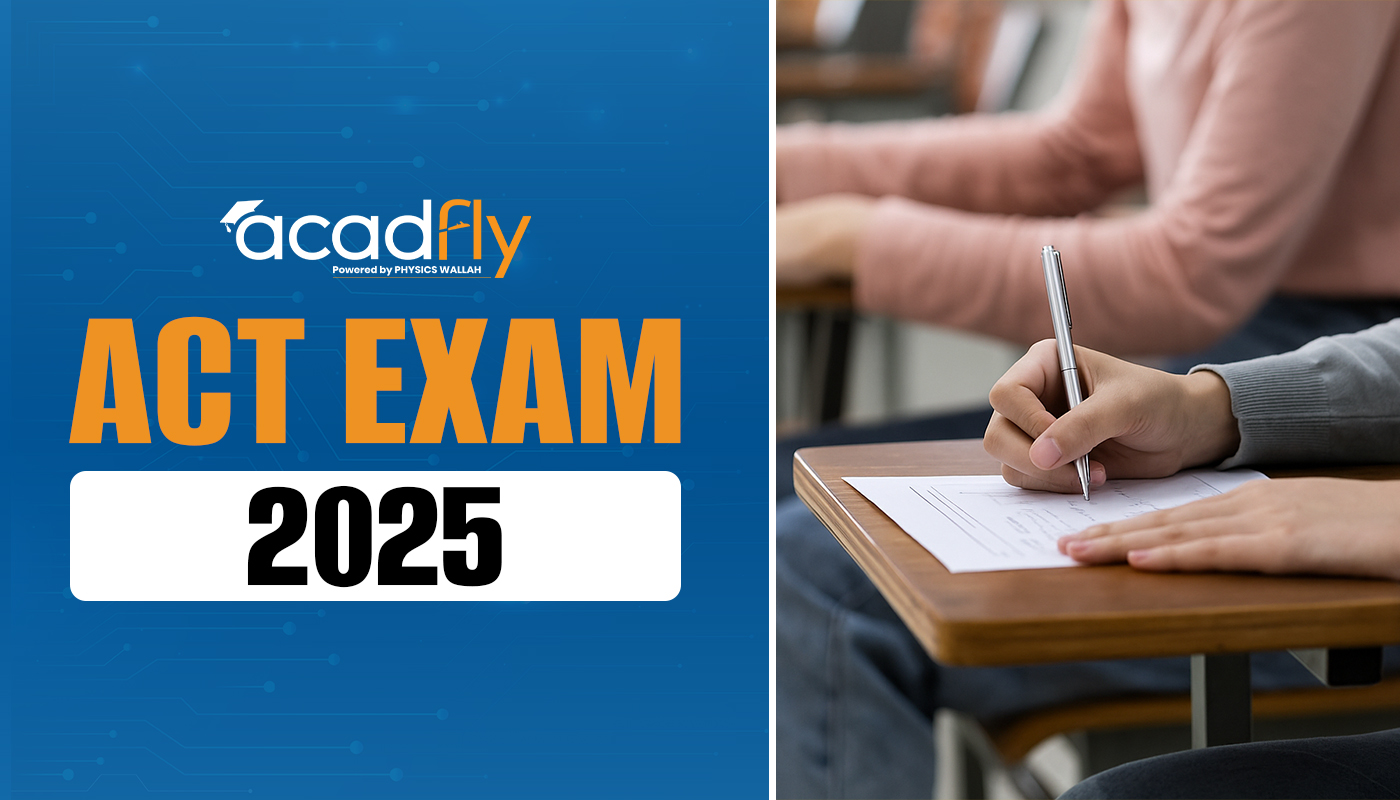
Effective note-taking for IELTS Listening is a crucial skill that can significantly enhance your performance on the test. The IELTS Listening section requires you to listen to recordings and answer questions based on what you hear, making accurate and efficient note-taking essential. By developing strong note-taking techniques, you can capture key information quickly and improve your ability to respond to questions correctly. This introduction will explore the importance of note-taking in the IELTS Listening test and provide strategies to help you maximize your effectiveness during the exam.
Understanding the Role of Note-Taking in IELTS Listening
Note-taking for IELTS Listening is a vital skill that can significantly impact your performance on the test. It involves capturing essential information from the audio recordings to answer questions accurately. Effective note-taking is not just about writing down what you hear but about employing active listening and note-taking skills to identify and record key details efficiently. Here’s an exploration of how mastering good note-taking in the IELTS Listening section can enhance your test results.
The Importance of Note-Taking in IELTS Listening
Note-taking for IELTS Listening plays a crucial role in helping you organize and retain information from the audio passages. By jotting down key points, you can focus better on understanding the context and details of the conversation or lecture. Effective active listening and note-taking skills allow you to capture important facts without getting overwhelmed, thereby improving your accuracy in answering questions.
Choosing the Right Note-Taking Method for the Test
Selecting the optimal method for note-taking for IELTS Listening can enhance your performance by improving how you capture and organize information. The right approach will leverage your active listening and note-taking skills to ensure you can quickly and accurately answer questions based on the audio recordings. Here’s a guide to choosing the best note-taking method to suit your needs:
1. Outline Method: Structured and Clear
The Outline Method involves creating a structured hierarchy with main topics and supporting details. This method helps to organize information logically, making it easier to review. Good note-taking in the IELTS Listening section using this approach ensures that key points are delineated, which aids in efficiently locating information when answering questions.
2. Mapping Method: Visualizing Information
The Mapping Method uses diagrams or mind maps to visually represent information. This technique is particularly useful for understanding and remembering complex ideas and their relationships. Note-taking strategies for the IELTS listening section that incorporate mapping can help you quickly grasp the structure of the passage, making it easier to follow and recall details during the test.
3. Cornell Method: Organized and Comprehensive
The Cornell Method involves dividing your page into sections for notes, cues, and summaries. This approach facilitates organized and thorough note-taking. Tips for note-taking during IELTS listening with this method include writing detailed notes during the listening, jotting down cues or questions in the margin, and summarizing the content afterward. This structure helps in reviewing and reinforcing what you’ve learned.
4. Abbreviations and Symbols: Speed and Efficiency
Using abbreviations and symbols can speed up your note-taking process. Develop a set of personal abbreviations and symbols for common terms and phrases. Incorporating these into your note-taking for IELTS Listening allows you to quickly jot down information without losing clarity, which is crucial for managing time during the test.
5. Hybrid Methods: Combining Techniques
Hybrid methods involve combining different note-taking techniques to suit various types of information. For example, you might use the Outline Method for structured passages and the Mapping Method for complex relationships. Integrating these note-taking strategies for the IELTS listening section ensures you can handle diverse types of content effectively.
Strategies for Efficient Note-Taking During the Listening Section
Efficient note-taking during the IELTS Listening section is crucial for capturing essential information and answering questions accurately. Implementing effective strategies can enhance your ability to process and utilize information from the audio recordings. Here are some key strategies to improve your note-taking efficiency:
1. Focus on Key Information
During the listening test, prioritize capturing key information such as names, dates, locations, and main ideas. Avoid transcribing every word; instead, jot down only the most relevant details. This approach ensures that you quickly gather the information needed to answer questions while maintaining clarity in your notes.
2. Use Abbreviations and Symbols
Develop a set of abbreviations and symbols to speed up your note-taking. For example, use "w/" for "with," "b/w" for "between," or "imp" for "important." Employing these shortcuts allows you to write faster and capture more details without losing the essence of the information being presented.
3. Practice Active Listening
Active listening involves fully concentrating on the speaker and understanding the context before taking notes. Pay attention to the tone, emphasis, and changes in subject matter. This will help you anticipate key points and record relevant information more effectively. Enhancing your active listening and note-taking skills ensures that your notes reflect the most important aspects of the audio.
4. Organize Notes Logically
Use a logical structure for organizing your notes, such as bullet points or numbered lists. Good note-taking in the IELTS Listening section involves creating a clear and organized format that makes it easy to find and review information. Organizing notes in this way helps in quickly referencing key points during the test.
5. Highlight or Underline Key Points
During the test, use different colors or styles to highlight or underline key points in your notes. This technique helps in quickly identifying crucial information when answering questions. Emphasizing significant details makes it easier to locate answers and enhances your overall efficiency.
6. Stay Focused on the Audio
Ensure that your focus remains on the audio while taking notes. Tips for note-taking during IELTS listening include avoiding distractions and maintaining attention to the speaker. Staying focused ensures that you capture accurate and relevant information without missing important details.
Common Pitfalls in Note-Taking and How to Avoid Them
Effective note-taking for the IELTS Listening section is crucial for capturing important information and answering questions accurately. However, several common pitfalls can undermine your note-taking efficiency. Here’s a guide to identifying these pitfalls and strategies to avoid them:
1. Writing Too Much Information
One common pitfall in note-taking for IELTS Listening is the tendency to write down every word or detail, which can lead to confusion and incomplete notes. To avoid this, focus on capturing key information such as main ideas, names, and significant dates rather than transcribing everything verbatim. Employ abbreviations and symbols to speed up your note-taking process, ensuring that you capture only the most relevant details that will aid in answering questions effectively.
2. Missing Key Details
Another issue is missing crucial details due to distractions or difficulty keeping up with the audio. To prevent this, practice active listening by paying close attention to the speaker’s tone and emphasis, and anticipate important points. Utilize note-taking strategies that allow you to quickly jot down essential information, ensuring that you don’t overlook critical details while maintaining focus on the audio.
3. Disorganized Notes
Disorganized notes can make it challenging to find and interpret information later. To avoid this, use a clear and logical structure for your notes, such as bullet points or numbered lists. Good note-taking in the IELTS Listening section involves creating a format that makes it easy to locate key information quickly, helping you answer questions more efficiently.
4. Lack of Focus on the Audio
Becoming too focused on writing rather than listening can cause you to miss important segments of the audio. To address this, balance your attention between listening and writing. Practice active listening and note-taking skills to stay engaged with the audio, and develop techniques for summarizing key points without getting bogged down in details.
5. Not Reviewing Notes
Failing to review and revise your notes can result in incomplete or unclear information. After each section, take time to review and revise your notes, ensuring that you’ve captured all critical details and clarified any ambiguous points. This practice helps consolidate your understanding and prepares you to answer questions accurately.
6. Overlooking Question Types
Using a uniform approach for different types of questions can be inefficient. Adapt your note-taking strategy according to the type of question you’re facing, such as using the Outline Method for structured information or the Mapping Method for complex details. Tailoring your approach ensures that you capture relevant information effectively based on the specific requirements of each question type.
Frequently Asked Questions
1. What is the best method for note-taking during the IELTS Listening section?
2. How can I improve my active listening skills for better note-taking?
3. What are some tips for efficiently capturing key details in my notes?
4. How can I avoid common pitfalls in note-taking during the test?
5. How should I review and use my notes to answer questions?
6. How can I adapt my note-taking strategy for different types of questions?
7. What role do personal abbreviations and symbols play in note-taking?
8. How often should I practice note-taking for the IELTS Listening test?










